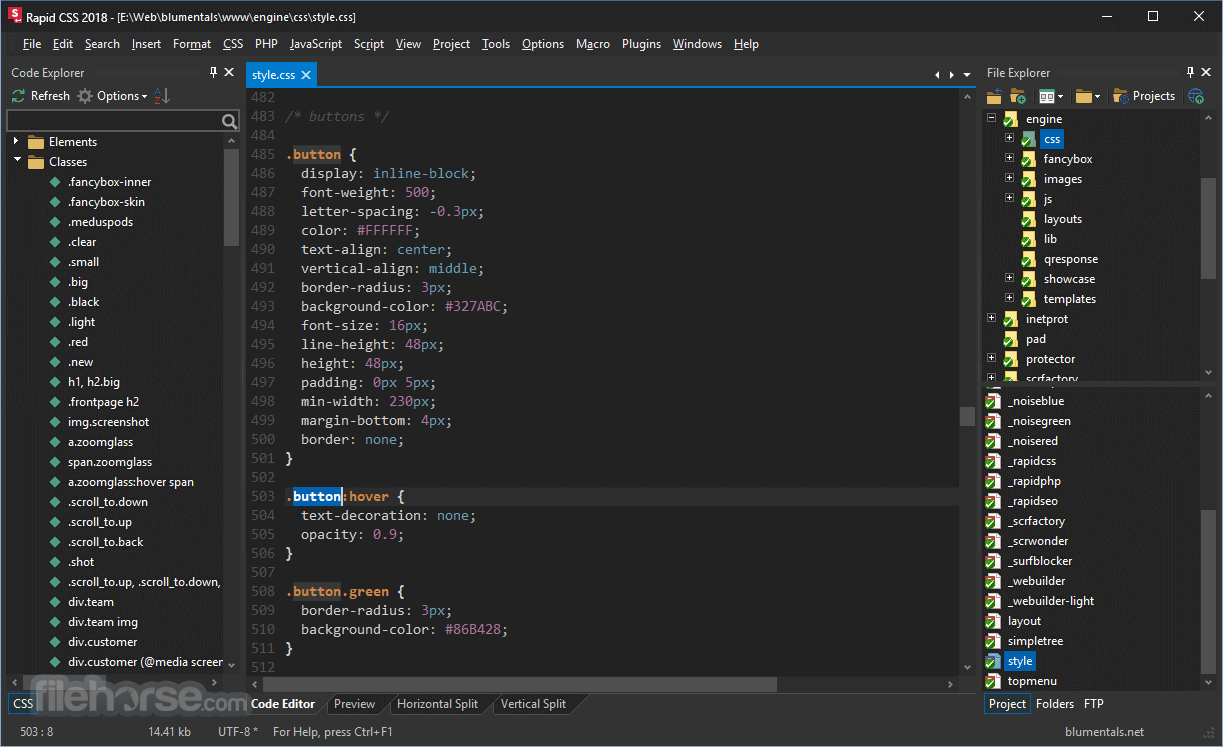

To start the MongoDB server, use below command in command prompt: #Only set this to false if you don’t really care about your data (or more so, the loss of it). #It ensures write durability and data consistency much as any journaling scheme would be expected to do. #I set this to true so that the log is not overwritten upon restart of mongod. #The path to the log file to which mongod should write its log messages. #I set this to true, so that only critical events and errors are logged. #Which IP address(es) mongod should bind to. You can change the option’s values at your will. Now place the below configuration options in file. Create a normal text file in location d:/mongodb and save it with name nfig. This is important step before marching ahead.

It’s recommended to add d:/mongodb/bin to Windows environment variable, so that you can access the MongoDB’s commands in command prompt directly.Īlso, please create following directories inside d:/mongodbģ.


 0 kommentar(er)
0 kommentar(er)
